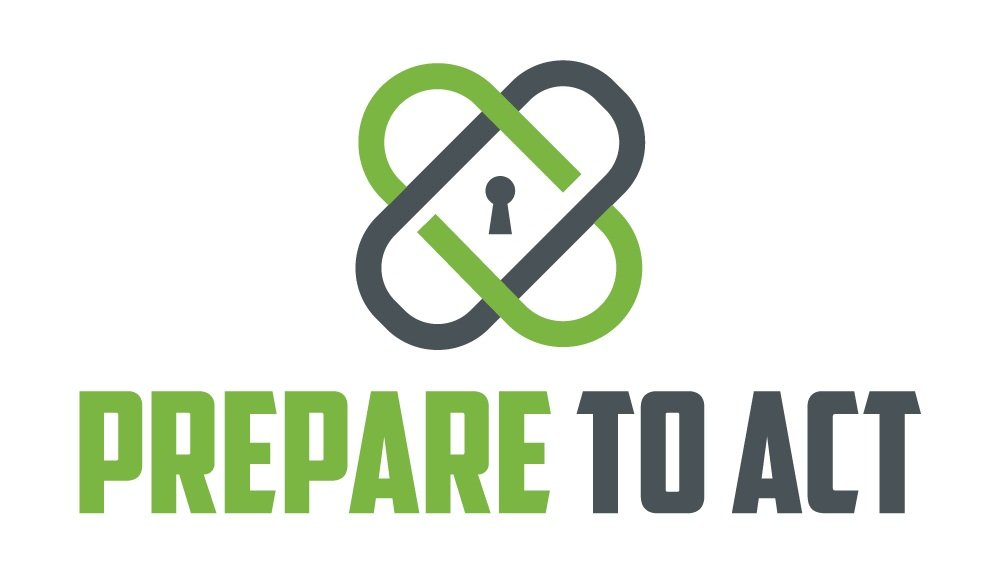Learn To Be Present
When chaos strikes, the ability to process events and respond effectively can be the difference between safety and catastrophe. One overlooked truth is that victims of such incidents often have no prior knowledge or warning. This guide dives deep into understanding how being present can shift outcomes, from daily routines to life-threatening situations.
The Danger of Routine and Complacency
Routine is comfortable, predictable, and often necessary for structure. However, it can also lead to complacency, dulling your sense of awareness. Complacency allows people to believe, “It can’t happen to me,” or “It won’t happen in my neighborhood.”
Case Study: The Petit Family Tragedy A stark example is the tragic case of the Petit family in Cheshire, Connecticut. A simple lapse in routine security checks, such as locking doors and securing windows, led to an unspeakable outcome. This heartbreaking event highlights how easily comfort and routine can blind us to potential dangers. The lesson? Vigilance and presence are essential for safety.
Why Being Present is Crucial
Being present is more than being physically in a space. It means engaging your senses, being aware of your surroundings, and having the mental readiness to act. Here’s why it’s critical:
Enhanced Awareness Prevents Surprises: When you stay alert, you’re less likely to be caught off guard.
Faster Response Time: Awareness leads to quicker reaction times when faced with unexpected challenges.
Deterrence to Threats: Criminals often seek out those who appear distracted. Being observant signals that you’re not an easy target.
Practical Steps to Be More Present
1. Stay Alert
Consciously check your surroundings at regular intervals. Whether you’re in a public space or at home, being aware can prevent you from missing warning signs of potential danger.
2. Trust Your Intuition
Your gut feeling is often your first alert system. If something feels off, don’t ignore it. Intuition is your mind’s way of signaling a potential threat.
Example: If you feel uncomfortable in a parking garage or notice someone loitering, trust that instinct. Take a moment to assess the situation and decide your next move.
3. Minimize Distractions
In an age where smartphones dominate our attention, keeping your head up and hands free is more critical than ever. When walking or driving, avoid distractions that take your focus off your surroundings.
4. Learn to Read People
Understanding body language can be a game-changer. If someone appears agitated or is acting erratically, recognizing these signs can prepare you to take action or avoid a dangerous situation.
Tip: Quick, darting glances and clenched fists are common signs of stress or aggression.
Daily Practices for Enhanced Situational Awareness
Mindful Observation: Take note of details when you enter a new space. Where are the exits? Who is around you?
Active Listening: Stay tuned to sounds around you. Changes in noise levels can indicate an approaching issue.
Positioning: Whenever possible, choose a seat or stand with your back to a wall so you can survey the entire area.
High-Impact Tips to Stay Present and Aware
Routine Drills: Practice exit strategies at home and work. Make sure family members are also aware of escape routes.
Checkpoints: Build awareness checkpoints into your day, such as when transitioning from one activity to another.
Engage Your Senses: Regularly scan your environment, not just visually but by listening, smelling, and even feeling for changes in the atmosphere.
When Situations Escalate: How to Respond
If you’re ever in a potentially dangerous or volatile situation, taking the right steps can prevent escalation:
Stay Calm: Your ability to stay composed affects your decision-making.
Create Space: If possible, put distance between you and the source of potential danger.
Call for Help: Don’t hesitate to dial 911 or alert someone nearby.
Defend Smartly: If physical defense is necessary, use tools like tactical pens or pepper spray, but only if trained and confident in their use.
The Power of Mind Mapping for Preparedness
Mind mapping can be an effective tool for situational awareness. By visually mapping out potential scenarios and responses, you reinforce your mental readiness and problem-solving abilities. Here's how:
Identify Key Locations: Map out high-traffic areas you frequent and list potential safety measures.
Plan Responses: Visualize different scenarios and outline how you would respond.
Regular Review: Revisit and update your mind maps regularly to keep them relevant.
FAQs: Mastering Situational Awareness
1. What is situational awareness? Situational awareness is the practice of being fully aware of your surroundings and understanding how to respond effectively to potential threats.
2. Why is situational awareness important? It helps you identify potential dangers early, enabling you to take preventive actions.
3. How can I improve my situational awareness? Start by minimizing distractions, observing your environment, and practicing mindful habits.
4. Can routine make me less aware? Yes, routines can lead to complacency, making it easy to overlook potential threats.
5. How does intuition play a role in awareness? Intuition acts as an early warning system that something may be wrong. Trust it.
6. Are there tools I should carry for safety? Yes, tactical pens, pepper spray, and personal alarms can enhance your security.
7. How do I respond if I see someone in danger? Assess the situation, call for help, and decide if intervening directly is safe for you.
8. What are the first steps if I sense danger? Stay calm, create distance, and have a clear plan of action.
9. How does mind mapping help in preparedness? It allows you to visually outline scenarios and responses, improving your readiness.
10. Can situational awareness prevent incidents? While it can't prevent all incidents, it significantly reduces your chances of being caught off guard.
Conclusion: Embrace the Power of Presence
Learning to be present isn't just about protecting yourself; it’s about empowering yourself to act confidently in the face of uncertainty. Practice these skills daily, stay informed, and build the habits that will keep you and those around you safe.
Take control of your safety today—start being present, aware, and prepared for whatever comes your way.
